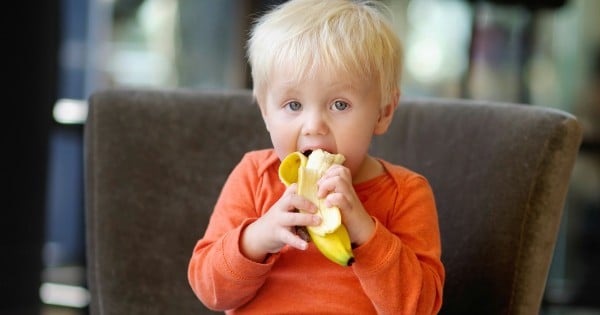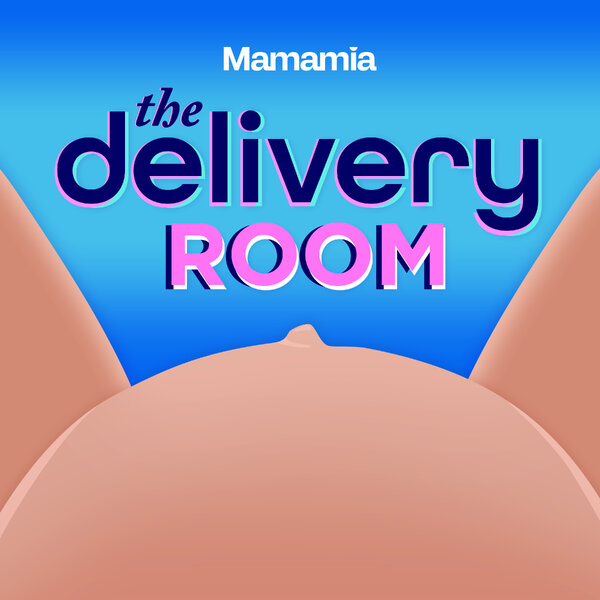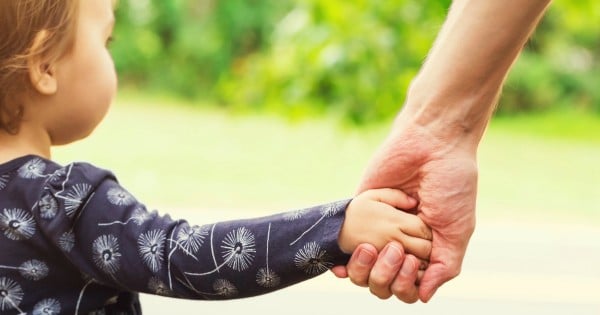
From about the age of one, kids start learning to label the different parts of their bodies.
Highly profound lyrics such as ‘head, shoulders, knees and toes’, and ‘you put your right hand in, you put your right hand out, you put your right hand in, and you shake it all about’, aid in what can be a long and arduous learning process.
They seem to go back and forth, one day confidently pointing to where their head is, and the other running into walls, causing you to wonder whether there’s actually anything going on inside their head.
But when teaching young children about their bodies, we often fail to adequately address their ‘private parts’. Some parents think that saying words like ‘penis’ and ‘vulva’ to children compromises their innocence, while others think teaching the anatomically correct words too young will lead to awkward situations, because kids don’t know when it’s appropriate to use these terms.
And let’s be honest – it’s somewhat disconcerting to hear a three-year-old talk about a ‘bagina’.




Top Comments
My 2 year old says Vulva in a way that makes it sound like some sort of bond villain.
We don't give cutesy names for any other body part.
There's nothing quite like a two year old saying at the top of their voice in the supermarket "Did the baby come out of your vagina mummy?"...